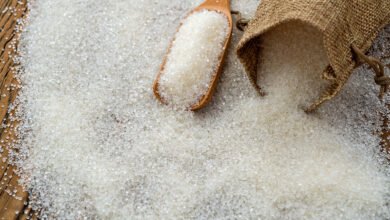
Kenya has approved a new code of practice to guide sanitary production and distribution of Miraa produce in the country.
The new code of practice has been given by the Kenya Bureau of Standards (KEBS) which will be under the Kenya National Workshop Agreement (KNWA) – KNWA 2940: 2021.
The Code of practice will require operators in the product supply value chain to observe hygiene practices and ensure sanitary operations.
It is aimed at necessitating the operators to comply with food packaging requirements, keep relevant records and labelling systems that demonstrate traceability, while also adhering to relevant regulations including worker’s health, safety, and welfare.
According to the KEBS, the code of practice will be used by operators who include Miraa growers, propagators, aggregators, transporters, shippers, and cargo handlers.
Also read:
- Kenya withdraws from ICJ case over border raw with Somalia
- Kenya orders UNHCR to close Dadaab, Kakuma camps within 14 days
- UK to bar travelers from Kenya, starting this Sunday
“The code of practice will ensure hygienic production and handling from the farms to final distribution channels. Additionally, the new guidelines will be used by the sector regulators for the registration and certification of operators along the entire value chain. This will facilitate businesses to meet market and pre-export sanitary and phytosanitary requirements,” said KEBS Managing Director Bernard Njiraini.
The new guidelines will also be used by the sector regulators for the registration and certification of operators along the entire value chain.
Miraa was approved as a cash crop in Kenya through the Crop Act 2013 no. 16 with an amendment in 2016.
However, there have been concerns raised regarding psychological dependence or addiction resulting from long-term use of Miraa leading to the banning of the crop in some countries.
In 2017, Kenya took the fight to reclaim the lost European Miraa market to the United Nations (U.N) to safeguard the incomes of about 150,000 product farmer in Meru.
Majority of the European Union (E.U) and G8 countries, the United States and Canada have banned the use of Miraa after reclassifying it as a controlled drug.
Miraa is known to contain Cathaine and Cathionine which are compounds classified and prohibited under the Narcotic Drugs and Psychotropic Substances Act CAP 245 of 1994.





